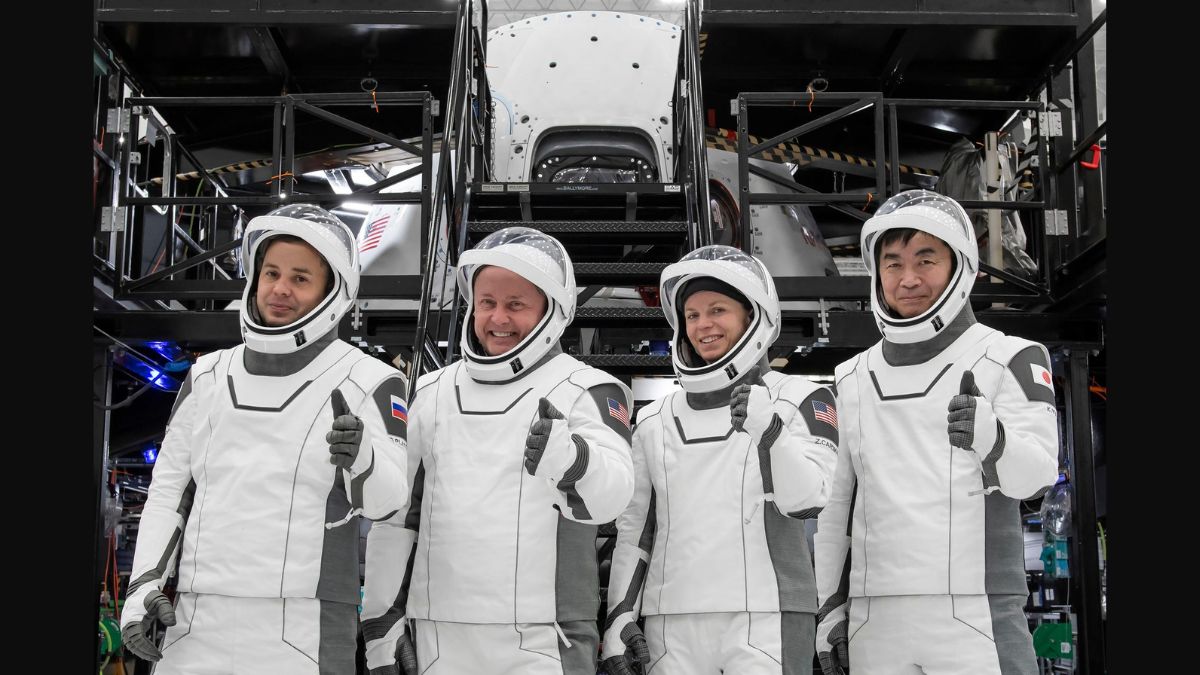

NASA’s next four-person astronaut crew has entered quarantine as they prepare for launch. On July 17, 2025, the Crew-11 team – led by NASA astronaut Zena Cardman (commander) alongside NASA pilot Nick Hague and mission specialists Thomas Pesquet (ESA) and Alexander Grebenkin (Roscosmos) – began a two-week health-stabilization protocol at Johnson Space Center in Houston. This “health stabilization” or quarantine period is a routine, Apollo-era practice to ensure the crew and station remain free of illness. The crew will continue final training before traveling to Kennedy Space Center, with a launch now targeting late July 2025 (no earlier than July 31).
Preflight Quarantine and Training
According to NASA’s official site, the Crew-11 astronauts will spend about 14 days isolated before liftoff, limiting outside contact and undergoing medical screenings. NASA notes this prevents any pre-launch illnesses from affecting the spaceflight or the International Space Station (ISS) crew. The quarantine is one of the last major milestones before launch. In the months prior, Cardman, Hague, Pesquet and Grebenkin trained in Houston, Florida and California – from flying the Crew Dragon simulator in Hawthorne, CA to practicing escape drills at Launch Complex 39A. The targeted launch window has been set for no earlier than late July 2025, with liftoff from Kennedy Space Center’s LC-39A to send the Crew-11 Dragon spacecraft toward the ISS.
Mission Overview and Scientific Research
Crew-11 will support a routine six-month science expedition on the ISS. Under NASA’s Commercial Crew Program, SpaceX’s Crew Dragon continues to provide reliable, cost-effective access to the station, carrying four astronauts for long-duration missions and maintaining the ISS crew complement.
The mission’s research agenda is wide-ranging. Experiments include JAXA’s Plant Cell Division study of algae and tobacco cells in microgravity, investigations of bacteriophages as alternatives to antibiotics (Genes in Space), and biotech projects to grow stem cells (StemCellEx) and on-demand vitamins (BioNutrients) in orbit. These and other ISS studies aim to advance human health and life support for future exploration.
For the latest tech news and reviews, follow Gadgets 360 on X, Facebook, WhatsApp, Threads and Google News. For the latest videos on gadgets and tech, subscribe to our YouTube channel. If you want to know everything about top influencers, follow our in-house Who’sThat360 on Instagram and YouTube.
NASA, Crew-11, SpaceX, ISS, Zena Cardman, Nick Hague, Thomas Pesquet, Alexander Grebenkin, Commercial Crew, Human Spaceflight, SpaceX Crew Dragon, Space Research, Quarantine, Biotechnology, Space Science


